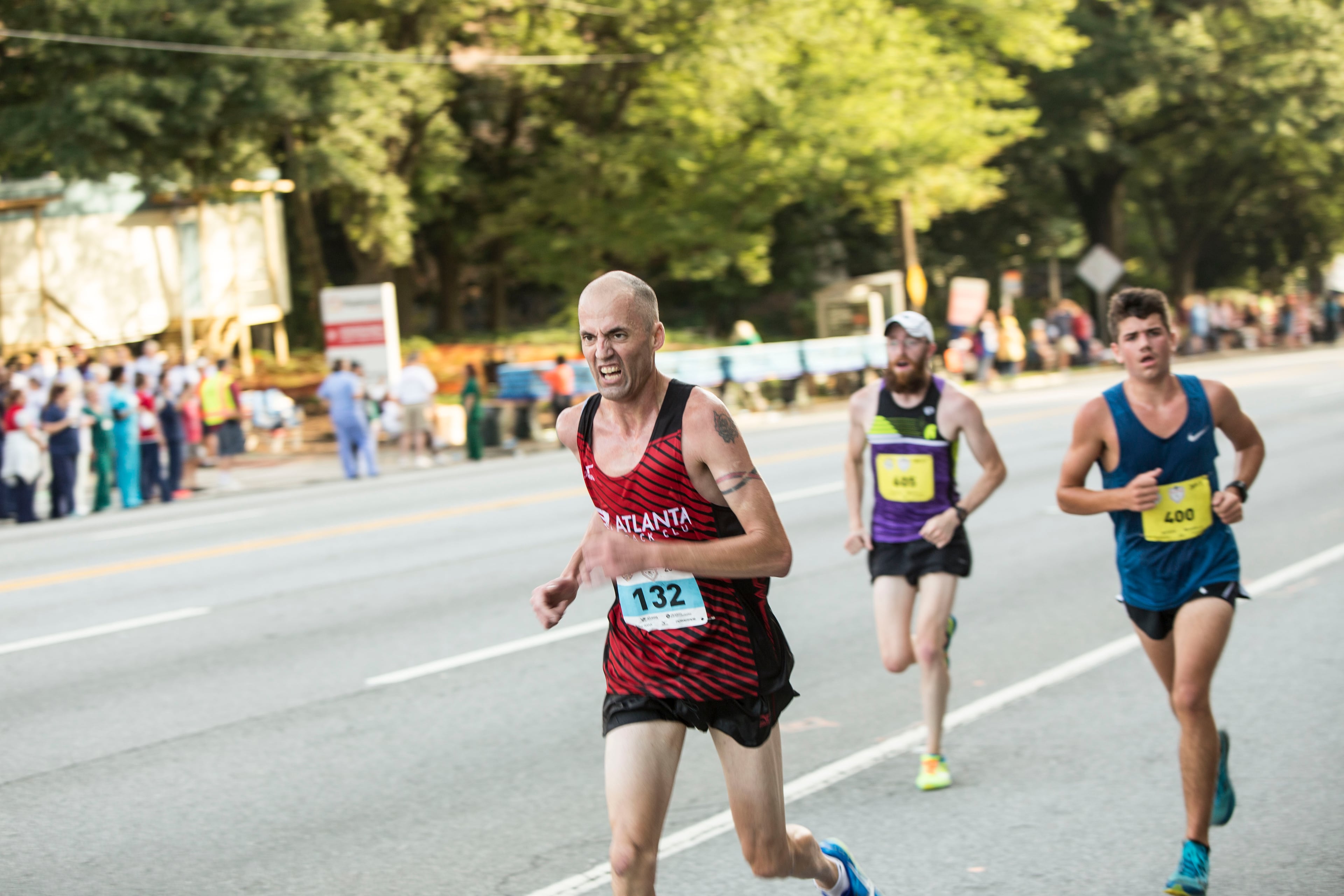Avoid the pain, get the gains: 5 most common exercise-related injuries
For those who take their workouts seriously, be sure to add one more fitness goal to your list: Avoid exercise injuries.
Not only does getting hurt in the gym or on the trail cut back on how much time you spend getting fit, but it’s also painful and treatment can be costly.
Why workout injuries happen
Personal trainer Justin Price, M.A. told Men’s Fitness there are two main reasons for workout-related injuries. The first is poor posture during the day, which weakens your entire musculoskeletal structure. The second: trying to do too much too fast.
Avoiding injury causes is key, along with understanding which injuries are most common, so you won't become the next person sitting out while everyone else lifts, rows and runs.

According to experts quoted in LifeHacker.com, possible injuries depend to some degree on what workouts you’re doing, but there are five areas of the human body that are most susceptible to workout injuries.
5 most common workout injuries
According to Brian B. Parr, an American College of Sports Medicine certified clinical exercise specialist, and Brandon Aiken, an athletic trainer, those top injuries are:

- Strained back: This is the No. 1 most likely injury, Parr and Aiken said. The cause is simple: weakened back muscles due to extended bouts of sitting at work or home. Prevention: Lift with your legs, not your back, and gradually strengthen your back muscles with low-intensity exercises.
- Strained shoulder: An extensive range of motion in your shoulders allows more overuse injuries there, along with injuries initiated by poor posture and faulty workout technique. Shoulder dislocations or rotator cuff damage result in the most pain and suffering. Prevention: Instead of “pushing through” shoulder pain, let your shoulder rest. And to prime your shoulders to resist injury, strengthen them with wall pushups, shoulder presses and elastic tube resistance training.
- ACL/PCL injuries: These are more common to athletes than garden-variety exercisers, the duo said, but knee injuries are common wherever sports with jumping or rapid changes in direction are played. An ACL or PCL tear can keep you out of the gym and off your feet for months, possibly requiring surgery. Price, who owns The BioMechanics, a corrective exercise and functional fitness facility in San Diego, told Men’s Fitness that going from a desk job to intense workouts can cause these knee injuries. Prevention: While leg extensions, curls and presses would seem the most likely to prevent knee injuries during workouts, they don’t help because they don’t strengthen the muscles of the feet and hips, according to Price. “A better exercise would be lunges. With a lunge your hip and ankle are bending together, stabilizing and strengthening the knee.” For extended benefit, he said to do lunges both forward and backward and then side to side.
- Runner’s knee: This irritation of the cartilage beneath your kneecap makes up about 40% of all running injuries, Barr and Aiken said. Prevention: Work to strengthen hip, glute and quad muscles. Also shorten your stride when you run.
- Achilles tendinitis: Your tendon tightens and becomes irritated during various exercises, especially strength training. Prevention: Reduce your risk of Achilles tendinitis by increasing strength training gradually (not dramatically) and building strength in your calf muscles.

According to Parr and Aiken, the key to avoiding almost all of the most common workout injuries is simply to be patient. Getting in shape takes time.
